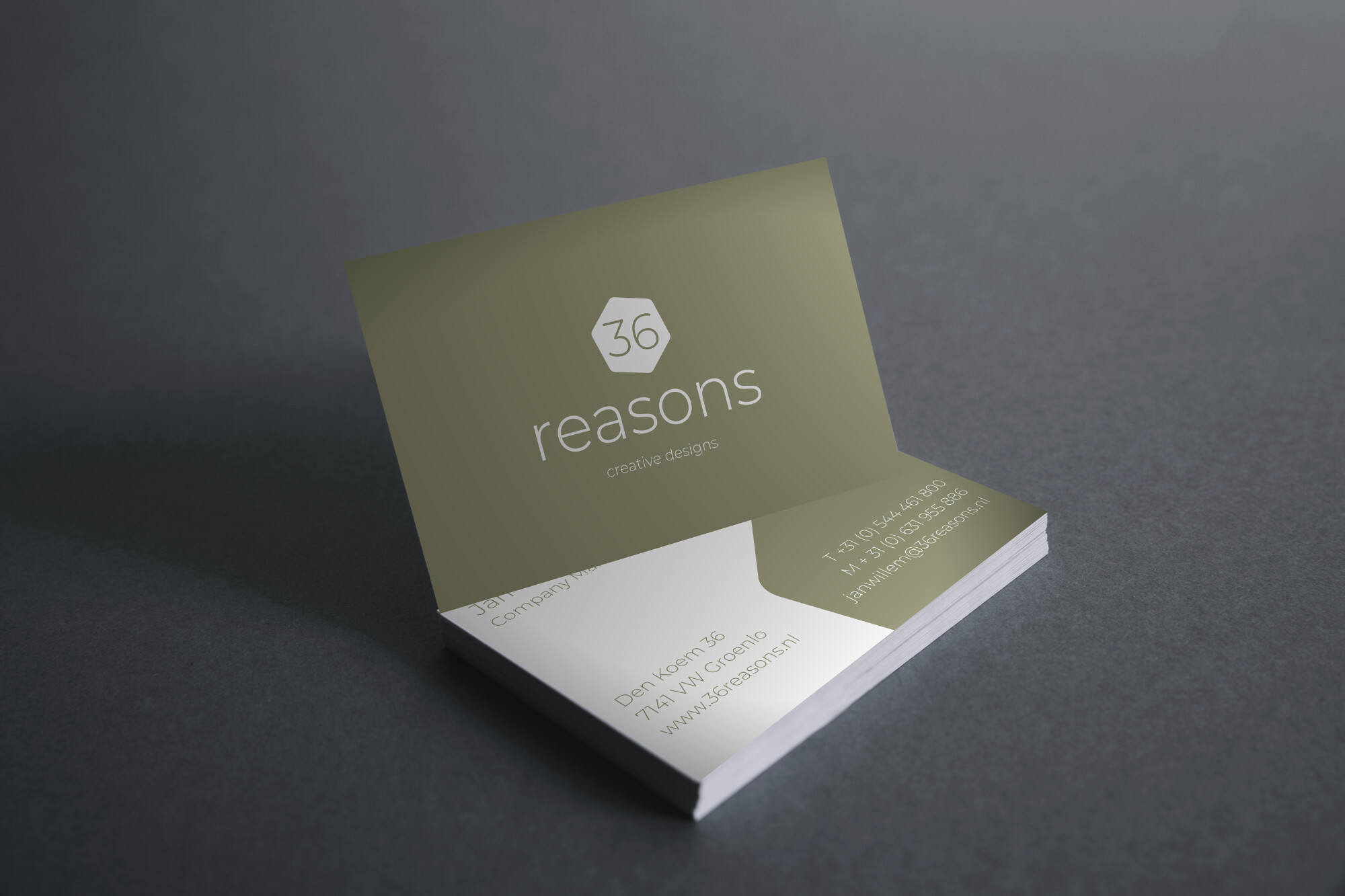The Interesting Evolution of the Business Card
Most of us take the presence of business cards for granted. They are an excellent means to make our professional presence known and they are great tools when attending networking events. Not only are these cards able to provide the recipient with important contact details, but they are often utilised as a proactive form of branding. While the digital age offers a host of additional marketing tools, the simple fact of the matter is that these cards are indeed here to stay. Having said this, many individuals will be surprised to learn that this form of marketing has existed for hundreds of years. Let’s take a look at their unique history as well as how their traditional functions continue to influence these modern times.

From Decidedly High-Class Roots
The first formal “business cards” actually had very little to do with business. They were instead used to highlight the arrival of aristocratic individuals such as royalty, property owners and politicians during the 16th century. They were initially the size of what would today be considered a playing card and their designs were highly ornate in nature.
Thus, it only stands to reason that average individuals could hardly afford such novelties. This was partially due to the fact that the printing process and the paper itself were both rather expensive. However, things began to change thanks to the notion of mass production first adopted during the Industrial Revolution. As the price of these cards began to drop, they became available to those governed by limited budgets. By the latter half of the 18th century, these cards were thought to be quite vogue and some were even considered to represent collectable items.
Into the 21st Century and Beyond
As travel began to increase during the 18th and 19th centuries, it became apparent that one of the most powerful marketing mediums could be found in these cards. In order to reduce costs, they became smaller. This also enabled them to easily fit within wallets and billfolds. However, their diminutive size did not limit the associated advertising potential. Design features began to take on a decidedly ornate tone; the type of lettering and paper employed often used to reflect the quality of the business in question. It can even be said that many of these cards reflected the artistic movements of the time.
As printing machinery continued to evolve into the 20th century, business cards became universal marketing methods that were espoused even by the smallest of businesses. Although some of their design elements became slightly more spartan, they still contained all of the required information (such as a name, telephone number and address). In fact, many of the cards produced during the first half of the 20th century would be perfectly relevant within today’s marketplace.
While digital media has begun to reshape the business community, it is an undeniable fact that these cards are here to stay. Used by large corporations and smaller freelance firms alike, their presence continues to offer invaluable advertising potential.